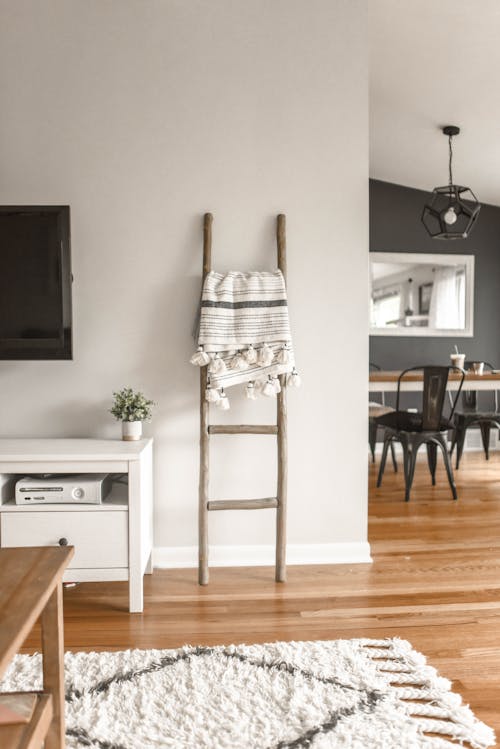“Unlock Your Small Space: Designing a Serene Minimalist Living Room
Living in a small space doesn’t mean compromising on style or comfort. In fact, it presents a unique opportunity to embrace intentional design. Creating a **minimalist living room** is one of the most effective ways to make a small space feel larger, more organized, and incredibly peaceful. Minimalism in a small living room isn’t about emptiness; it’s about maximizing function and beauty by carefully curating what you keep.
So, how do you design a beautiful and functional **minimalist living room** when square footage is limited? Here are key strategies:
**1. Declutter Ruthlessly:** The absolute foundation of any **minimalist living room** is letting go of excess. Go through every item. Ask yourself if it’s truly necessary, functional, or brings you joy. Donate, sell, or discard anything that doesn’t meet these criteria. Less visual clutter instantly makes a small living room feel bigger and more breathable.
**2. Choose Furniture Wisely:** Size and scale matter immensely in a small space. Opt for furniture that is proportionate to the room. Look for multi-functional pieces, such as ottomans with storage, nesting tables, or a slim console table that doubles as a desk. Furniture with visible legs creates an illusion of space by allowing light and air to flow underneath. Avoid bulky or oversized items that dominate the room.
**3. Embrace a Light and Neutral Color Palette:** Light colors like whites, creams, soft grays, and pastels reflect light, making a small living room feel brighter and more open. Use these as your primary wall and furniture colors. You can introduce pops of color through accessories, but keep the overall base light and airy for a true **minimalist living room** aesthetic.
**4. Prioritize Smart Storage Solutions:** Clutter needs a home, but in a minimalist space, that home should be hidden. Utilize smart storage like closed cabinets, shelves with baskets or bins, under-bed storage (if applicable to adjoining areas), and furniture with built-in storage. Keeping surfaces clear is crucial for a clean, minimalist look. Vertical storage, like tall, narrow bookshelves, can also draw the eye upwards and save floor space.
**5. Layer Lighting:** Good lighting is essential for making any space feel welcoming, and it’s critical in a small living room. Maximize natural light by keeping windows unobstructed. Supplement with layered artificial lighting – ambient (ceiling fixtures), task (reading lamps), and accent (spotlights on art). Proper lighting prevents shadows that can make a small space feel enclosed.
**6. Be Intentional with Decor:** In a **minimalist living room**, every decorative item should have a purpose or tell a story. Instead of many small knick-knacks, choose a few larger, impactful pieces like a striking piece of art, a beautiful plant, or a unique sculptural object. Mirrors are excellent for reflecting light and creating the illusion of more space.
**7. Create Flow with Layout:** Arrange your furniture to ensure clear pathways. Avoid blocking doorways or windows. In a small living room, pulling furniture slightly away from walls (even just a few inches) can sometimes make the room feel less boxy. Focus on a functional layout that suits your lifestyle.
Designing a **minimalist living room** for a small space is an exercise in intentionality. By focusing on simplicity, smart functionality, and a thoughtful aesthetic, you can transform your compact area into a serene, stylish, and perfectly proportioned haven you’ll love spending time in. It’s proof that less can indeed be much, much more.”




